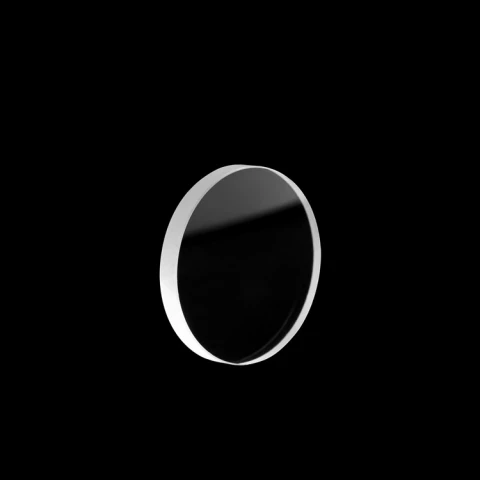Description
High-performance calcium fluoride windows, fabricated from ultra-pure CaF₂ crystal for superior optical performance across UV, visible, and mid-infrared spectra (0.13–9 μm). These windows feature exceptional transmittance, low refractive index, and minimal thermal expansion, making them ideal for high-precision optical systems. We offer customizable sizes (diameters 5–200 mm, thickness 0.5–20 mm), edge treatments (beveled/rounded), and anti-reflective (AR) coatings optimized for specific wavelengths. With strict quality control (surface flatness ≤λ/10 @632.8 nm, scratch/dig 20/10), our factory-direct CaF₂ windows ensure consistent reliability for scientific, industrial, and aerospace applications.
Optical Grade CaF2 Calcium Fluoride Window
Specifications
| Substrate Material: | CaF2, IR Grade CaF2 |
|---|---|
| Diameter: | 25 mm |
| Surface Quality: | 60-40 scratch-dig |
| Surface Flatness: | lambda/10, lambda/20, lambda/8, lambda/6, lambda/4, lambda/2, 1 lambda, Lambda/40 |
| Thickness: | 2 mm |
Features
- Broad Spectral Transmittance: High transparency from deep UV (0.13 μm) to mid-IR (9 μm), with zero intrinsic birefringence, eliminating beam polarization distortion
- Low Thermal Expansion: Coefficient of 1.89×10⁻⁶/°C, resisting thermal shock and deformation in extreme temperature environments
- High Laser Damage Threshold: Suitable for high-power excimer lasers (193 nm/248 nm) and UV laser systems, with minimal absorption to avoid thermal lensing
- Chemical Inertness: Non-hygroscopic and resistant to most acids (except strong alkalis), ideal for harsh laboratory and industrial settings
- Customization Flexibility: Support for square/rectangular shapes, specialized coatings, and precision polishing for laser-grade and imaging-grade requirements
Applications
- UV & Excimer Laser Systems: Used as protective windows in lithography tools, laser micromachining equipment, and UV spectroscopy setups
- Infrared Imaging & Sensing: Integrated into thermal imaging cameras, FTIR spectrometers, and IR missile guidance systems (3–5 μm/8–12 μm bands)
- Scientific Research: Employed in synchrotron radiation experiments, vacuum UV spectroscopy, and high-energy physics detectors
- Aerospace & Defense: Utilized in satellite optical sensors and space-based IR telescopes, withstanding extreme vacuum and temperature conditions
- Medical Devices: Applied in UV diagnostic equipment and laser surgery tools for high-precision light transmission.Q&A
Frequently Asked Questions
Can CaF₂ windows be used in high-humidity environments?
What coatings are recommended for CaF₂ windows in FTIR spectrometers?
Can you customize CaF₂ windows into non-standard shapes for my specialized optical device?
Similar Products
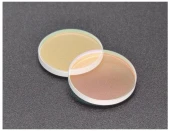
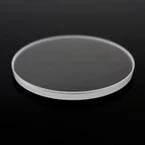
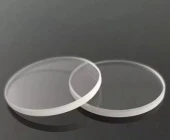
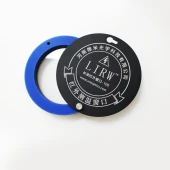
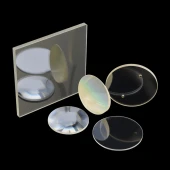
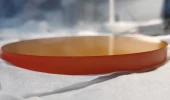
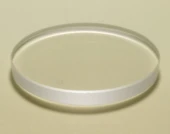
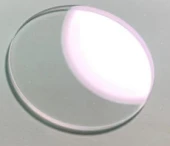
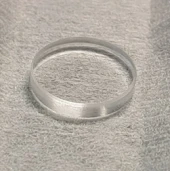
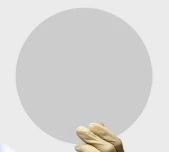
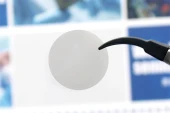
Your inquiry has been received.
Create an account by adding a password
Why create an account?
- Auto-complete inquiry forms
- View and manage all your past messages
- Save products to your favorites
- Close your account anytime — no hassle
